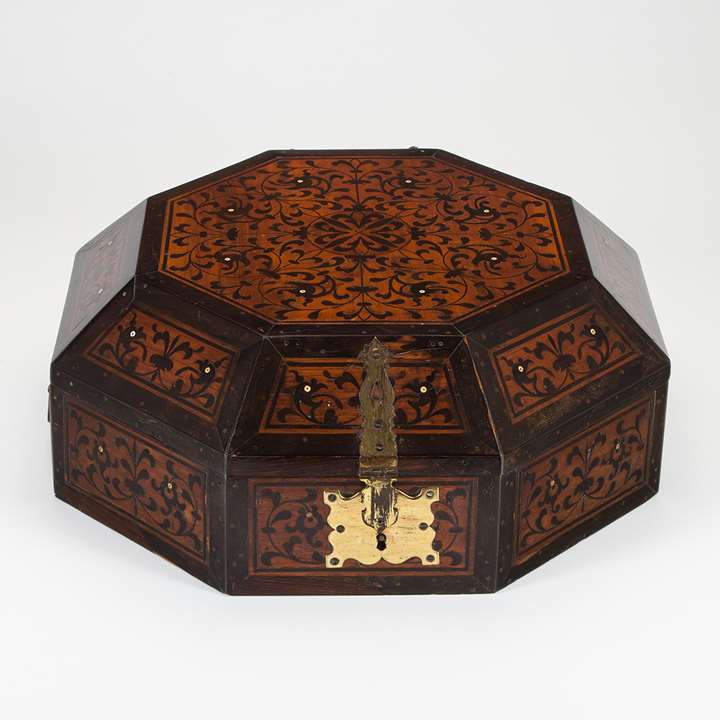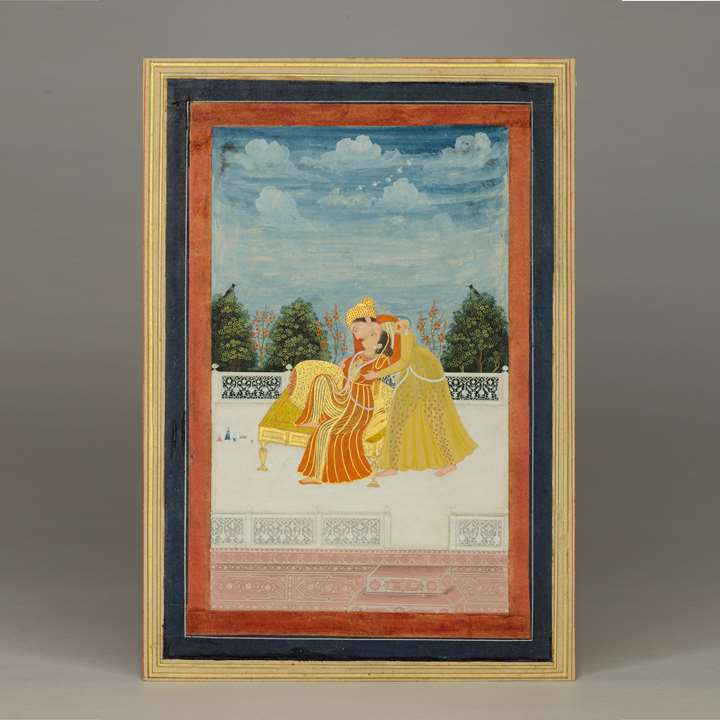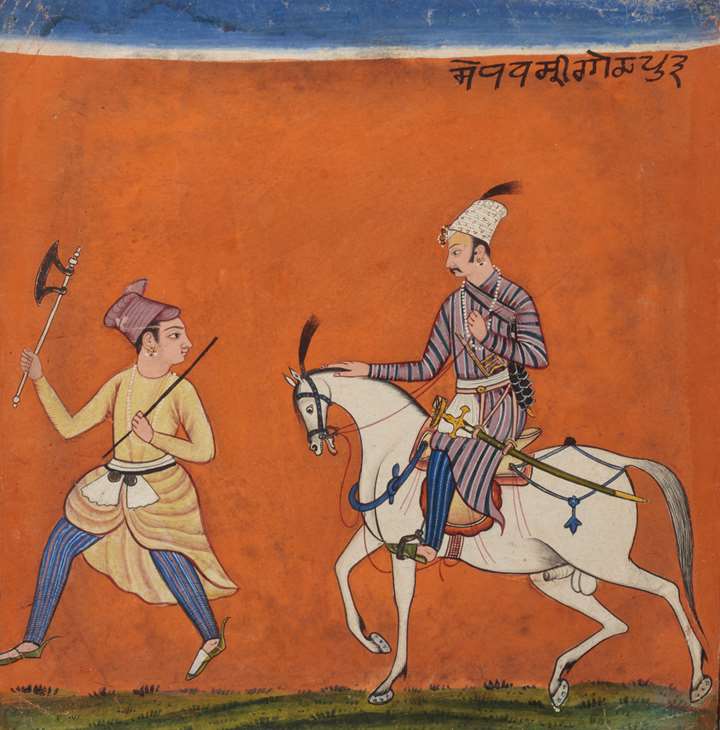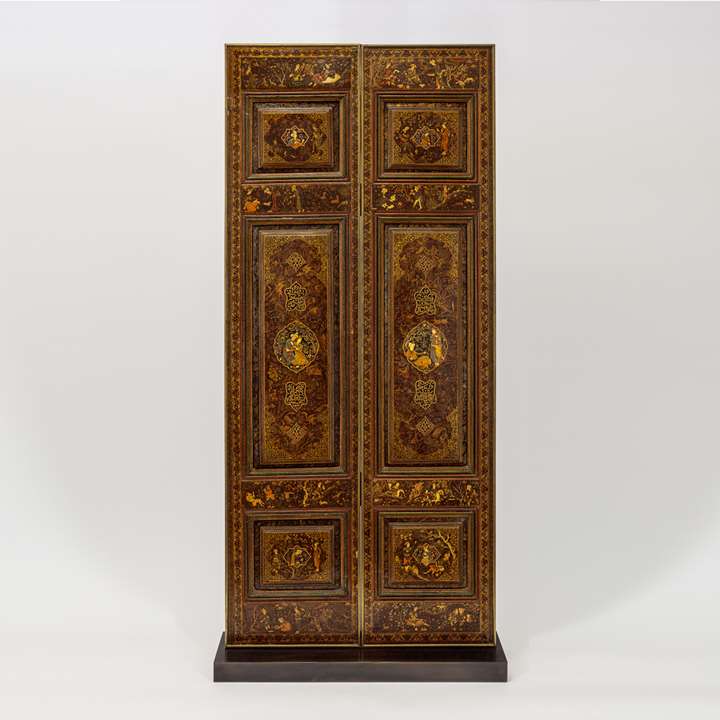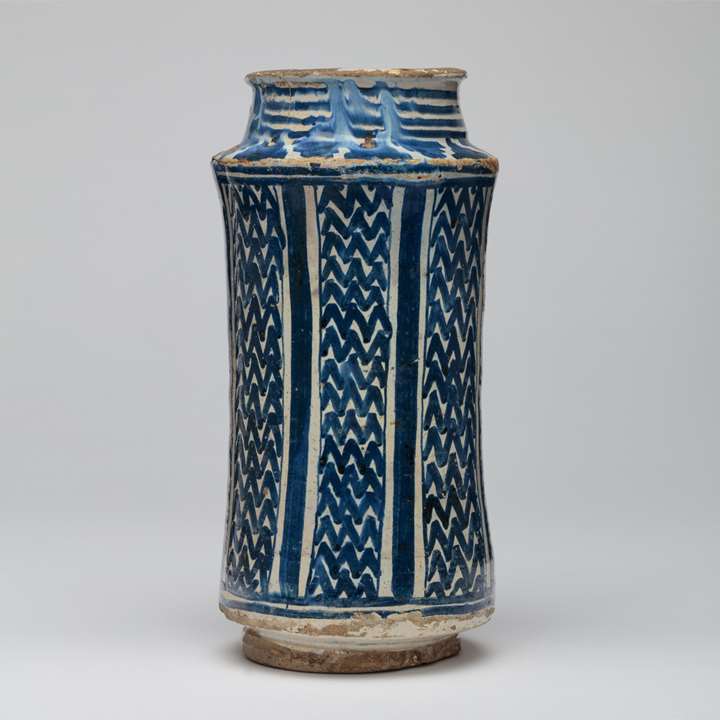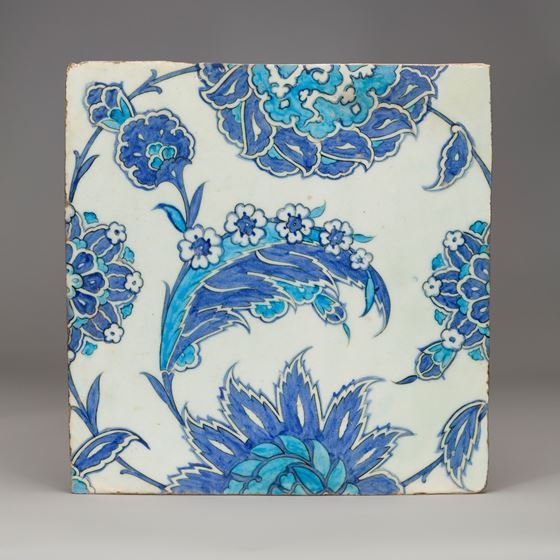Description & Technical information
A square fritware tile painted in shades of cobalt and turquoise blue on a white ground, with a pattern consisting of portions of stylised flowers at the sides resting on a circle of vines, and a string of small white flowers set amidst a large saz leaf and flowers in the middle. The flower petals and leaves all feature white outlines, thus giving a strong graphic appearance. One edge has a flower with multiple inner compartments in turquoise and serrated petals surrounding it. A sense of symmetry is maintained with two similar flowers on opposite ends.
This tile design can be seen in the Eyüp Sultan Tomb and Mosque, Istanbul, where Abu Ayyub al-Ansari, a companion of the Prophet Muhammad, is said to be buried. Examples of tiles of this design can also be found in the Louvre, Paris (AD10477.1), Victoria and Albert Museum, London (412-1905, 1684-1892) and the British Museum, London (1878,1230.534.b, 1878,1230.534.c), and on a wall in the Arab Hall of Leighton House, London.
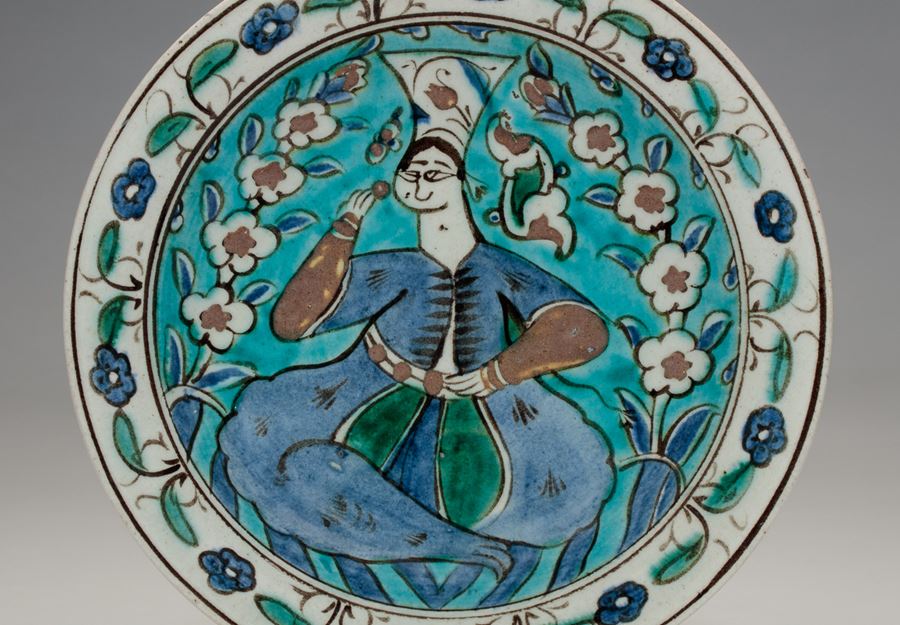
Discover the gallery
Amir Mohtashemi Ltd.
Indian,Islamic and Cross-Cultural Works of Art
More Works From This Gallery
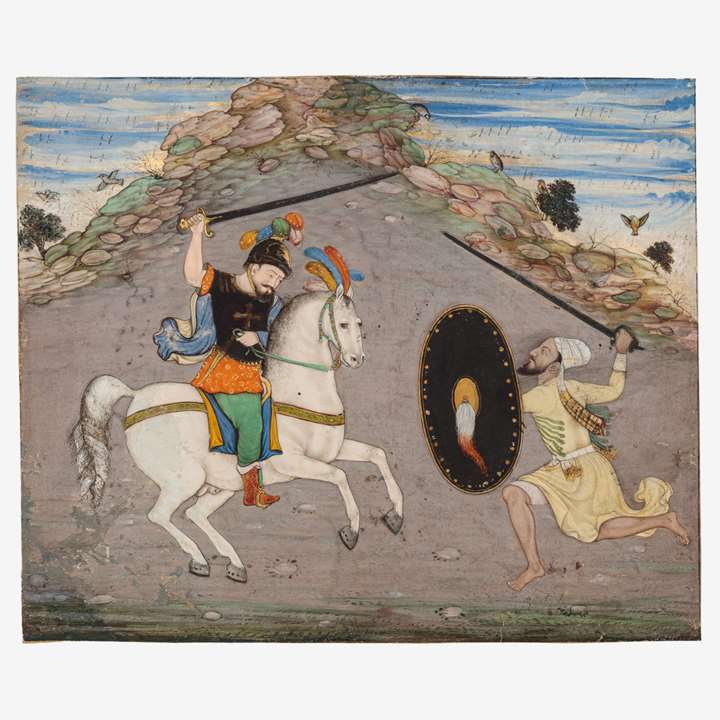
Amir Mohtashemi Ltd.
